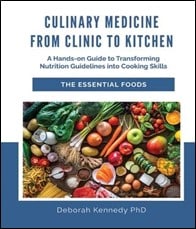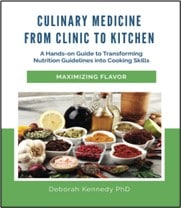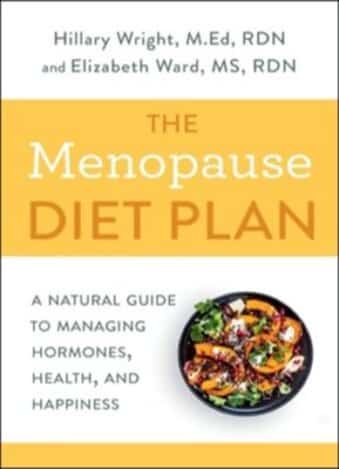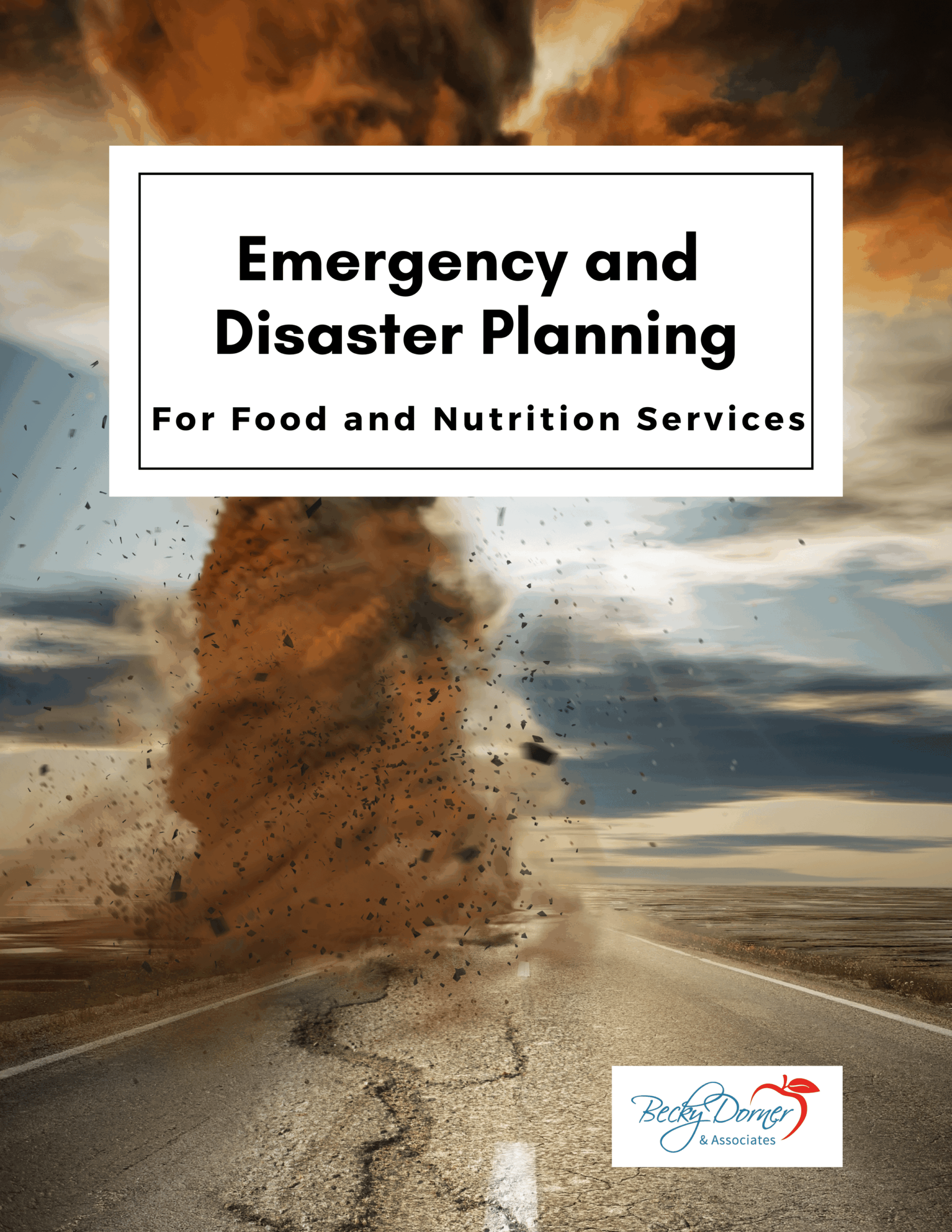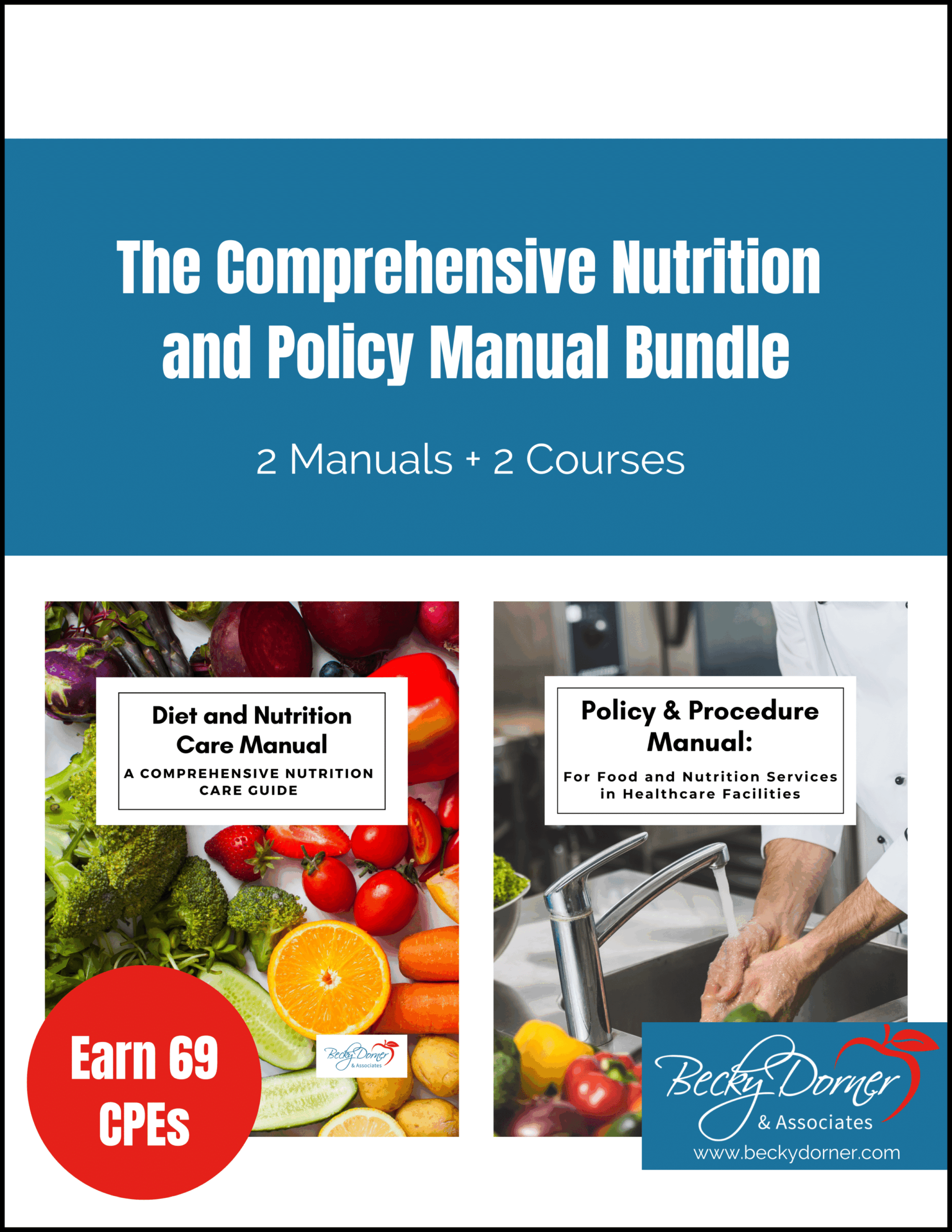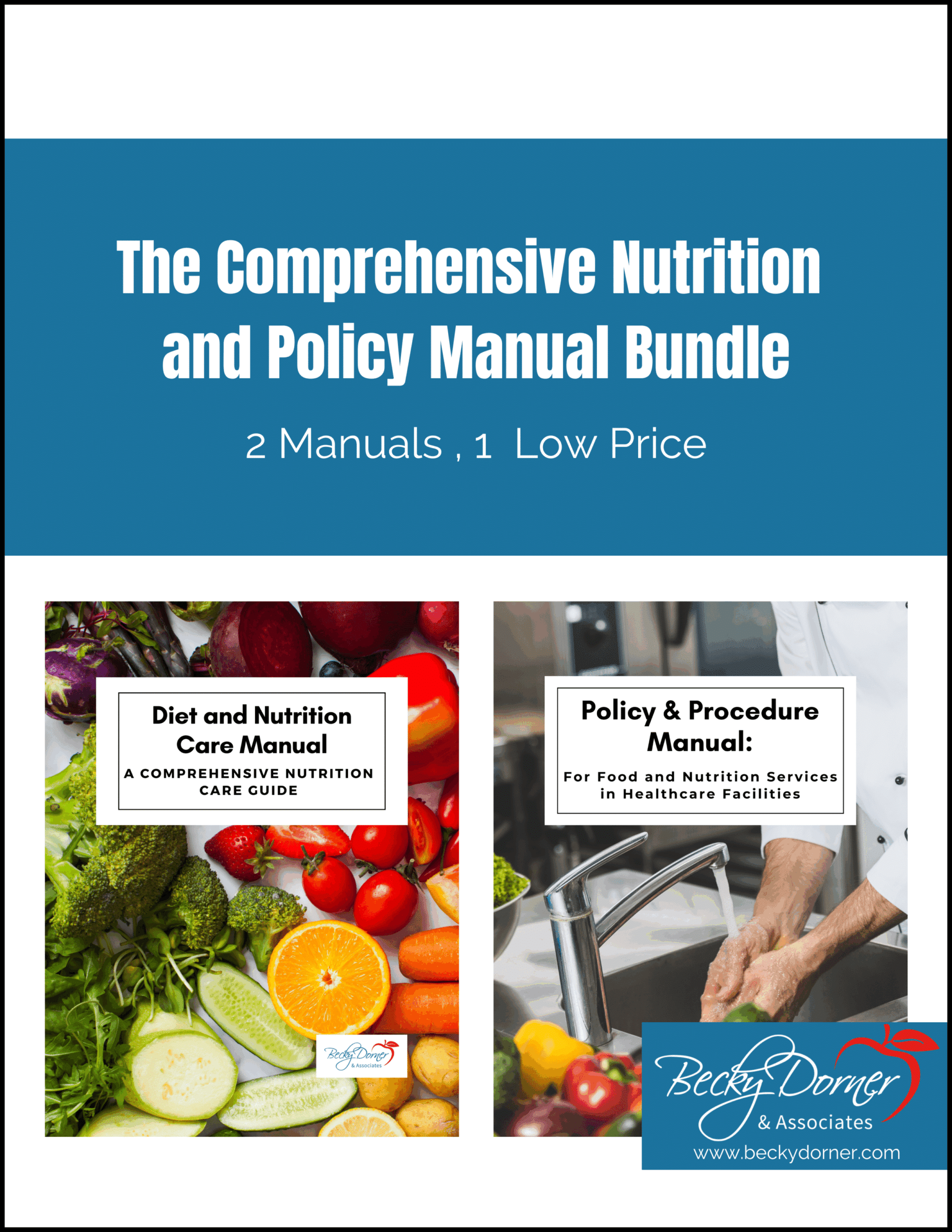
The long awaited MDS 3.0 is finally here and all nursing homes must be ready to implement on October 1, 2010. That means a whole new process and many changes in data collection, interview process, evaluation and terminologies. As my friend Brenda Richardson says, “The CATs ate the RAPs” and there are many other changes to this new resident assessment instrument. On a positive note, the tool is much more resident-focused with increased input from residents — which will hopefully lead to enhanced resident-centered care.
For nutrition professionals, it means a brand new section K. One thing remains the same: height, weight, and weight loss of 5% in the past month or 10% in the past 6 months are still included in section K0100 and K0200. But many professionals have questions about the computer’s automatic calculation of BMI and the potential indications if BMI is outside the normal range. Professionals also have many questions related to weight loss including rounding of weights, calculation of percent changes, end of life issues, planned vs unplanned weight loss and more.
The MDS 3.0 contains new questions on swallowing disorders in section K0300. Facility staff is expected to interview and observe the resident eating to determine if there are may be a negative impact on nutrition/hydration status such as potential for malnutrition, dehydration and aspiration pneumonia.
Item K0500: Nutritional Approaches includes parenteral/IV feedings, feeding tubes, mechanically altered diets and therapeutic diets. Facility staff must work with the resident and family members to establish nutritional support goals that integrate the resident’s preferences with overall clinical goals.
Item K0700: Percent Intake by Artificial Route determines percentage of total calories received through parenteral or tube feeding and/or average fluid intake per day by IV or tube feeding. This requires a review of the medical record and calculation of total calories received and/or whether the individual received an average of 500 cc or less or 501 cc or more fluids via IV or tube feeding daily.
Once section K is completed, the Care Area Assessments (CAAs) are evaluated for each care area that is identified as a possible problem. If a problem does exist, the CAA is the link to the Care Plan. Interdisciplinary team members use current clinical protocols, research and standards of practice for assessment and care planning approaches.
Team members must be able to explain:
- Why they did or did not address each specific condition in the care plan,
- What it is about the condition that might affect the resident’s daily functioning,
- Why they decided the resident was at risk, and whether improvement is possible or decline can be minimized, and
- How the resident can benefit from consultation from an expert in a particular area.
If you’d like to learn more about the new MDS 3.0 and section K, I recommend the MDS 3.0 Package including the webinar presented by Brenda Richardson, MA, RD, LD, chair of DHCC. In addition to the webinar and handouts, this package includes over 50 detailed questions/answers about the MDS 3.0 and Section K, and our new MDS 3.0 for Dietary manual.

